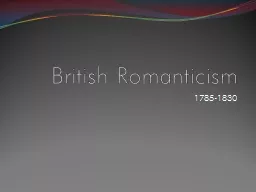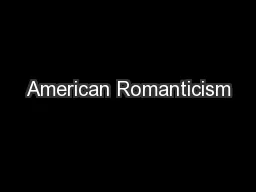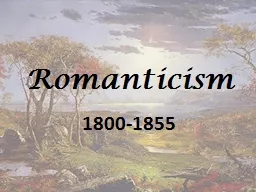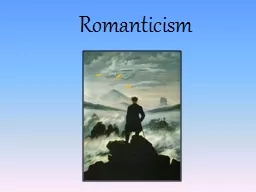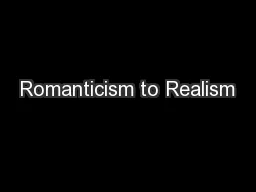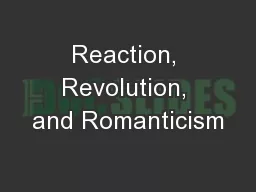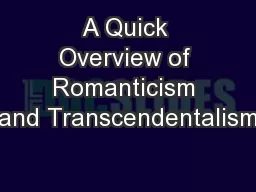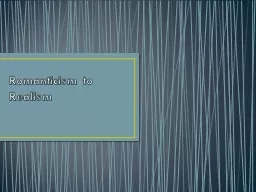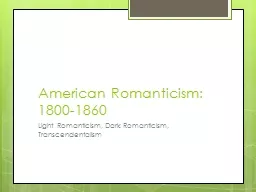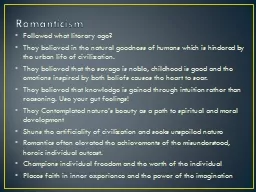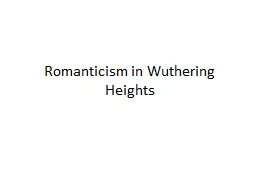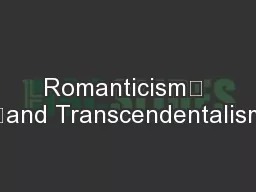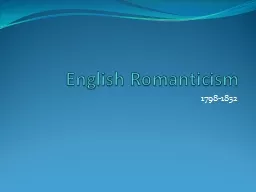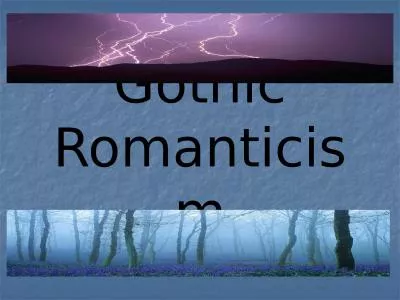PPT-British Romanticism
Author : min-jolicoeur | Published Date : 2016-08-09
17851830 What is Romanticism a complex artistic literary and intellectual movement that originated in the second half of the 18th century in Europe and gained strength
Presentation Embed Code
Download Presentation
Download Presentation The PPT/PDF document "British Romanticism" is the property of its rightful owner. Permission is granted to download and print the materials on this website for personal, non-commercial use only, and to display it on your personal computer provided you do not modify the materials and that you retain all copyright notices contained in the materials. By downloading content from our website, you accept the terms of this agreement.
British Romanticism: Transcript
Download Rules Of Document
"British Romanticism"The content belongs to its owner. You may download and print it for personal use, without modification, and keep all copyright notices. By downloading, you agree to these terms.
Related Documents

